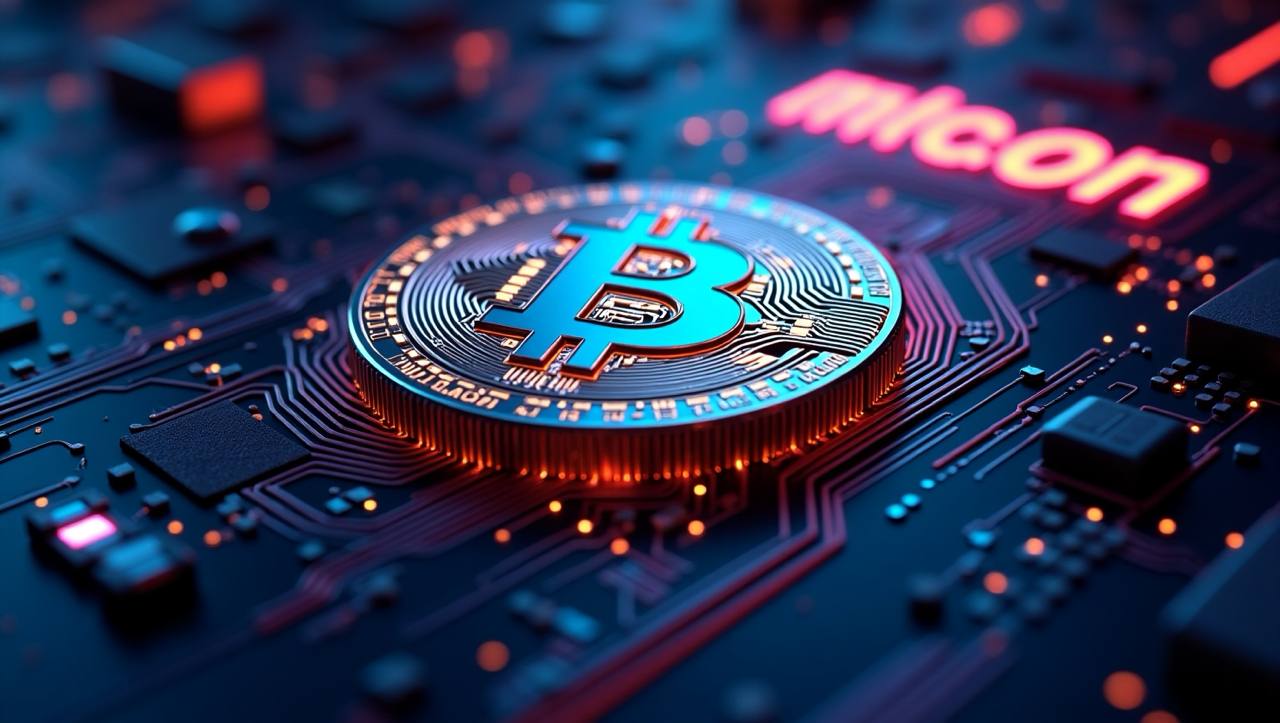
HONG KONG, June 10, 2025 (GLOBE NEWSWIRE) -- In the aftermath of the 2024 Bitcoin halving, the crypto mining industry has entered a new phase of transformation. Institutional capital now plays a dominant role, pushing small independent miners to the sidelines and redistributing risk across global infrastructures. At the same time, the sector faces pressure from rising hashrates, increasing hardware demands, and shrinking profit margins, demanding strategic adaptation from mining companies worldwide.
The latest shift comes not only from market dynamics but also from new geopolitical variables. In the landscape where electricity subsidies and regulatory support emerge as deciding factors, mining is increasingly shaped by national policies and energy diplomacy. The interplay between political agendas and mining infrastructure has become more pronounced, particularly in developing economies.
Amid these changes, advanced mining facilities are evolving beyond pure Bitcoin operations. Some have begun to serve as backbone infrastructure for AI and cloud computing, using their power and cooling capabilities to attract diversified workloads. This trend positions mining data centers as multipurpose assets, capable of influencing digital transformation strategies across entire regions.
One of the companies closely monitoring and analyzing these shifts is Uminers, a global mining infrastructure firm operating across multiple jurisdictions. Drawing from its proprietary data, field operations, and external market sources, Uminers has conducted an in-depth review of the post-halving mining ecosystem. The research, published in collaboration with Cointelegraph, outlines the key economic and technological developments influencing the next cycle of crypto mining.
The report offers a comparative analysis of the most widely used ASIC devices in 2025, focusing on power efficiency, cost of ownership, and return on investment. The findings suggest that new-gen ASICs, particularly those released in Q4 2024, have significantly higher efficiency thresholds, though the payback period remains volatile due to electricity price fluctuations and hashrate growth.
Next, despite halving-related reward reductions, profitability remains possible in regions with favorable energy access. The research indicates that miners operating in areas with electricity rates below $0.04/kWh maintain stable margins, especially when leveraging hybrid strategies that include AI or hosting services.
The document also identifies a clear trend toward mining centralization in regions such as the Middle East, parts of Latin America, and certain Asian economies. These shifts are driven by strategic energy agreements and tax incentives, attracting institutional players and reshaping the global mining map. Meanwhile, North American operators are increasingly consolidating operations or seeking mergers to remain competitive.
As the Bitcoin network approaches an all-time high in hashrate and regulatory scrutiny increases globally, the research brings clarity to a sector that is rapidly becoming more capital-intensive, geopolitically entangled, and strategically integrated with adjacent technologies such as AI and HPC (high-performance computing).
The document is particularly relevant for institutional investors, energy infrastructure players, and hardware buyers looking to understand how post-halving dynamics affect mining viability. It also provides insights for regional authorities assessing the long-term economic potential of hosting digital infrastructure.
Contact:
Filip Arambasic
Partnership / Strategy
partnership@uminers.com
Disclaimer: This is a paid post and is provided by Uminers. The statements, views, and opinions expressed in this content are solely those of the content provider and do not necessarily reflect the views of this media platform or its publisher. We do not endorse, verify, or guarantee the accuracy, completeness, or reliability of any information presented. We do not guarantee any claims, statements, or promises made in this article. This content is for informational purposes only and should not be considered financial, investment, or trading advice. Investing in crypto and mining-related opportunities involves significant risks, including the potential loss of capital. It is possible to lose all your capital. These products may not be suitable for everyone, and you should ensure that you understand the risks involved. Seek independent advice if necessary. Speculate only with funds that you can afford to lose. Readers are strongly encouraged to conduct their own research and consult with a qualified financial advisor before making any investment decisions. However, due to the inherently speculative nature of the blockchain sector—including cryptocurrency, NFTs, and mining—complete accuracy cannot always be guaranteed. Neither the media platform nor the publisher shall be held responsible for any fraudulent activities, misrepresentations, or financial losses arising from the content of this press release. In the event of any legal claims or charges against this article, we accept no liability or responsibility. Globenewswire does not endorse any content on this page.
Legal Disclaimer: This media platform provides the content of this article on an "as-is" basis, without any warranties or representations of any kind, express or implied. We assume no responsibility for any inaccuracies, errors, or omissions. We do not assume any responsibility or liability for the accuracy, content, images, videos, licenses, completeness, legality, or reliability of the information presented herein. Any concerns, complaints, or copyright issues related to this article should be directed to the content provider mentioned above.
A photo accompanying this announcement is available at https://www.globenewswire.com/NewsRoom/AttachmentNg/88ed54dd-c947-4f6f-a756-d0059c8c55b5
